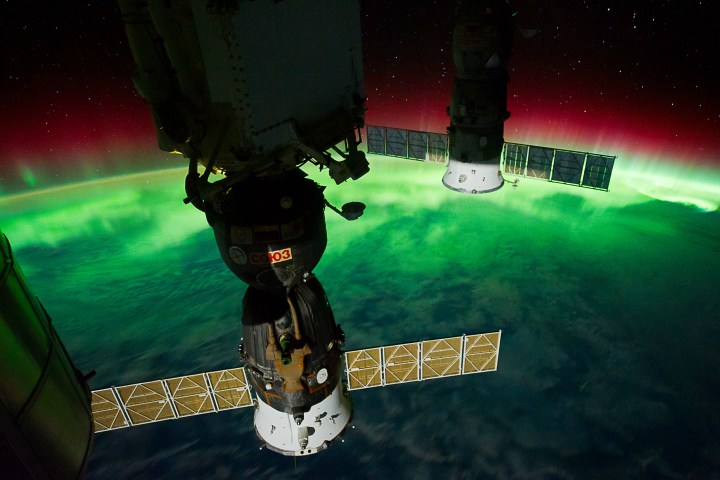
“We were interested to explore the effects of space travel — including loss of the geomagnetic and gravitational field — on regeneration of complex organs,” Michael Levin, a Tufts University biologist who worked on the project, told Digital Trends. Specifically, the researchers wanted to explore “exomedicine,” medicine in zero gravity.
Planarian flatworms are well-known for their regenerative abilities, and are often used in medical research. In this study, the scientists amputated one set of the space-bound planaria and left the other set intact. They then packed them in separate test tubes half-filled with water, and launched them into space aboard a SpaceX Dragon spacecraft.

The two sets of specimens spent five weeks each aboard the ISS, while control worms were kept on Earth. When the specimens returned from orbit, researchers realized space can do freaky things to flatworms.
One unusual finding was that the intact flatworms underwent spontaneous fission — meaning it split itself into two identical bodies — while the control flatworms didn’t. The space-traveling worms also responded to light and temperature significantly differently than their earthbound counterparts.
But strangest of all, one of the amputated flatworms returned to Earth with an extra head. None of the Tufts team had ever witnessed spontaneous generation of a second head, and they’d worked with 15,000 control worms in the past five years alone.
These events didn’t happen by chance either, according to Levin. “It was definitely caused by the overall process of space travel,” he said, “although we can’t say yet whether it was specifically the zero gravity, zero geomagnetic field, or the vibrations/stress of liftoff and landing that caused it.”
The researchers recognize that there were limitations imposed by sample size and the difficulty in re-creating certain space stresses, such as temperature. However, Levin and his team’s big takeaway is that space can affect organisms in really interesting ways, and that it’s important for us to understand these impacts before we start launching humans on long-haul missions. NASA has also provided unique human samples to investigate in its Twin Study.
“It’s clear that researching how space travel affects complex biological systems is interesting not only for exomedicine but also for understanding basic aspects of living systems here on Earth,” he said.
A paper detailing the study will be published this week in the journal Regeneration.


